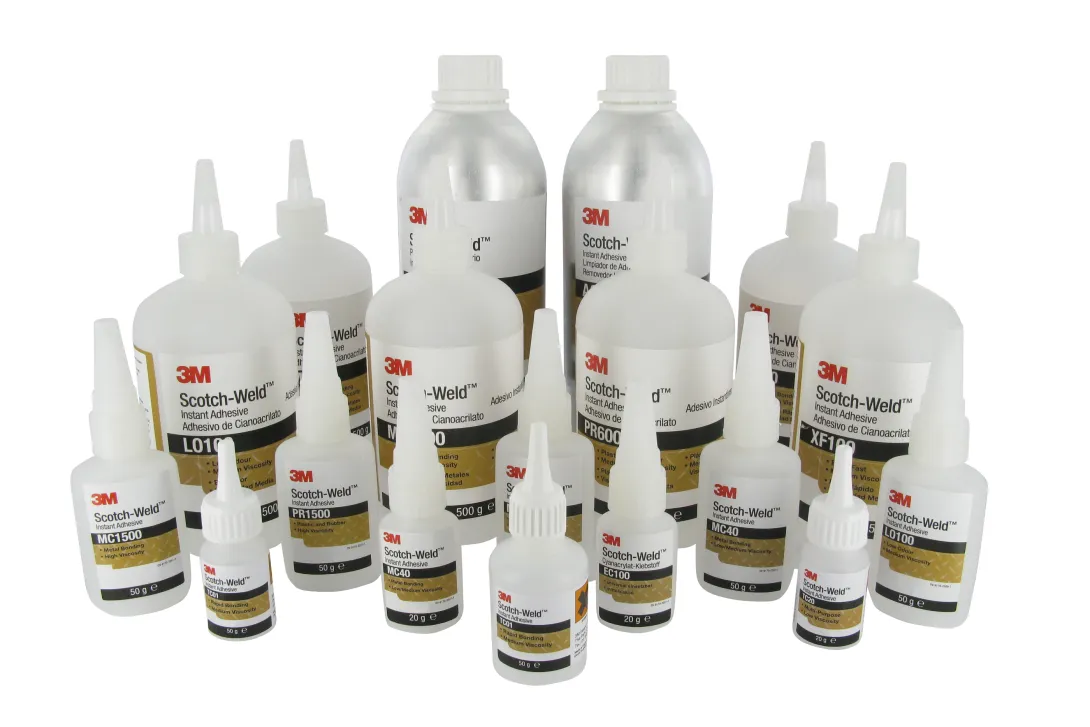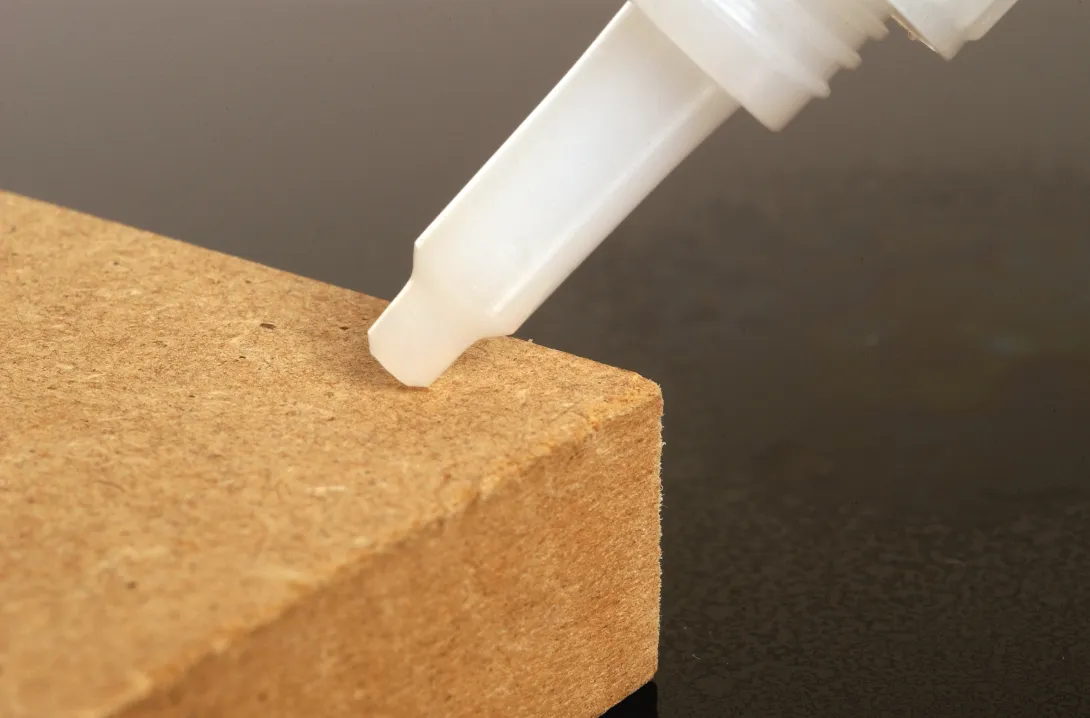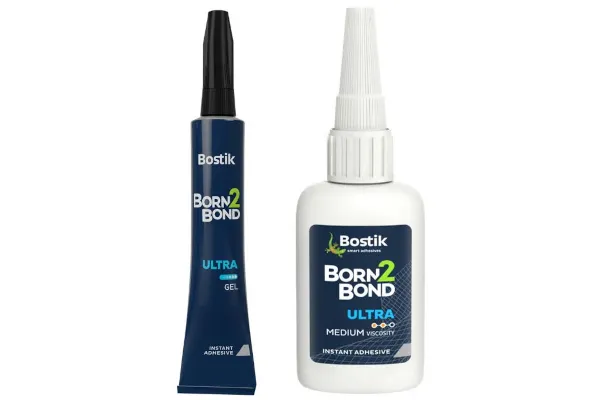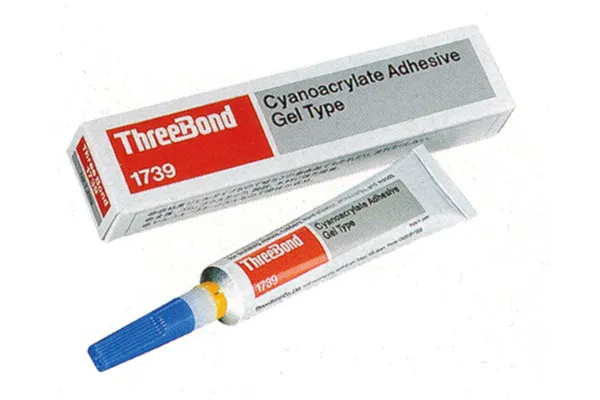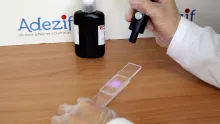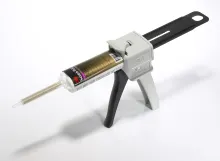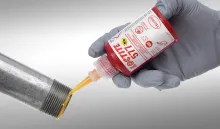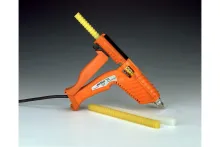Cyanoacrylate adhesive
- Fast fixture
- Single component and easy to use
- Transparent adhesive joint
- Good mechanical resistance
Quote
Close
You request has been sent.
We promise to respond to you in detail within 24 hours.
In the meantime, feel free to browse our other products.
Product description
Cyanoacrylate adhesive is a single component adhesive with fast fixture, especially used for bonding plastics, glass, metal and rubber. It is very suitable for bonding on small surfaces.
The basic principle of cyano adhesives is to polymerize in the presence of moisture in the air. Depending on the state of the surface to bond, different adhesive viscosities enable you to have an effective assembly.
4 main categories of cyanoacrylate adhesive viscosity can be distinguished :
Fluid (5 cPs) fluidity equivalent to water : adhesive can be applied when parts are already in place
Average (100 cPs) fluidity equivalent to olive oil : for conventional applications
High (1500 cPs) fluidity equivalent to liquid honey : for irregular or porous surfaces
Gel (Thixotropic, doesn’t drip) : for applications where large gaps need to be filled
Cyano acrylate adhesive is widely used by manufacturers and known by the general public (brand superglue).
Here are the main advantages :
Fast fixture
Single component adhesive
High mechanical performance in shearing
Easily applied
Translucent colour
Large choice of substrates and strong covering power
Depending on your final assembly, you may need to use complementary products from the range :
Some tips for choosing your cyanoacrylate adhesive ?
For assembly of clear plastics, use a specific adhesive, without odour and that doesn’t bleach the plastic.
For delicate assemblies, a very fluid adhesive will enable you to apply the adhesive without moving the joints.
For repairing rubber joints, use cyanoacrylate rubber-filled adhesive that will give more flexibility to your assembly.
Some example of applications of cyanoacrylate adhesive ?
Bonding rubber joints and membranes
Bonding needles
Bonding architectural models, models for model making
Bonding medical equipment
Some of our references of cyanoacrylate adhesive
Special for wood, leather and paper bonding. Solvant-free. Strong and fast assembly.

High impact resistance. Low odor and environmentally friendly. Excellent adhesion on various substrates.

Non-drip gel. Good adhesion even on porous or acidic surfaces. Excellent gap filling.

4 viscosities: Ultra LV, Ultra MV, Ultra HV, Ultra Gel. Low odor and low whitening technology. No hazard pictograms, non-irritating.

Drillable and sandable. Fills gaps. High bonding strength. Impact-resistant. Adheres to various substrates. Precise bonding.

Ultra-fast setting. Low chemical risk for the user and the environment. Ideal for maintenance and small repairs.

Penetrating, solidifying, and protecting 3D prints. Very low viscosity. Low odor.

Dual polymerization: contact and UV. Fast setting on multiple substrates, fills gaps. Low odor and low blooming.

60% bio-based and eco-responsible. High strength on all materials. Resistant to heat and humidity. Odorless and easy to apply


